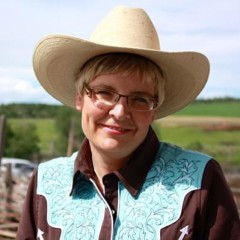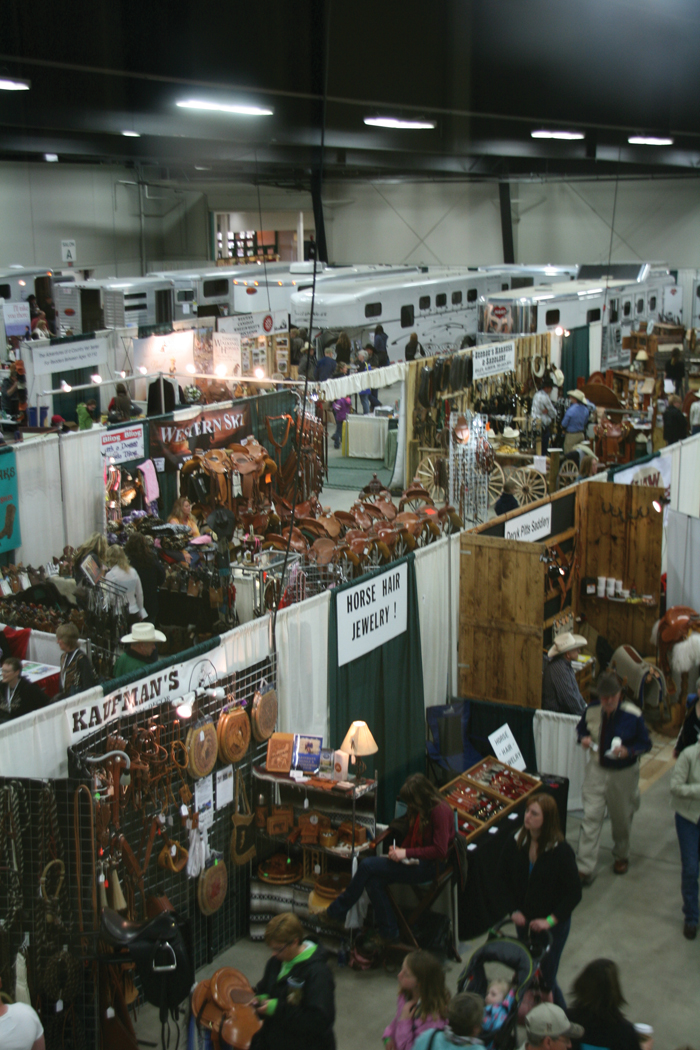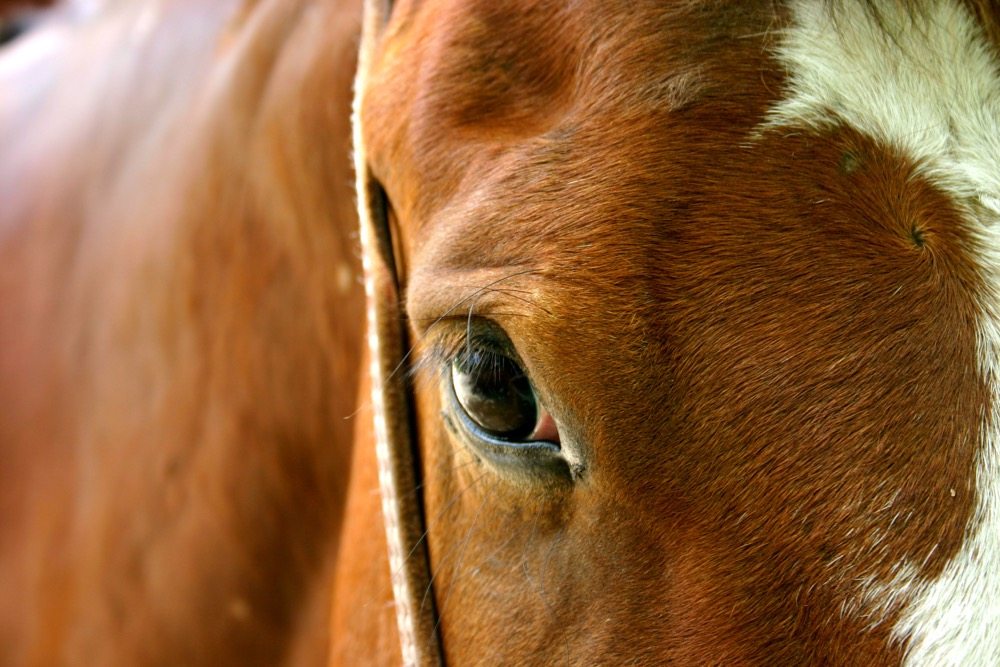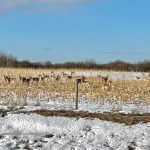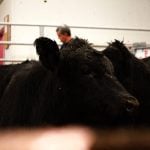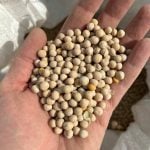When Tammy Botsford began working with her young horse Jake, she was looking for opportunities where they could both learn.
She’d read about U.S. events where top-level clinicians came together in one place, and longed for something like that closer to her home in Chestermere.
Then she noticed something new coming to Alberta called The Mane Event that looked exactly like what she was hoping for, so she quickly applied to be a volunteer rider.
That was nine years ago, and Botsford and Jake have since competed their way to world-class honours, thanks to a diversity of skills learned through clinics at The Mane Event.
“It’s such an opportunity and such a great facility, and the program is so good,” said Botsford.
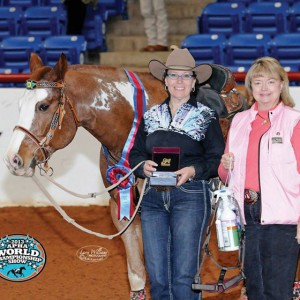
The annual equine extravaganza at Red Deer’s Westerner Park (April 24-26) allows various types of horse disciplines to come together to learn, have fun, and do business, said organizer Gail Barker of Kamloops, B.C.
“We’re horse people ourselves,” said Barker, who organizes the event with husband Ron. “But we were performance horse people. Our girls rode, and still do. But we didn’t know anything about jumping or dressage. The big thing is you can learn from anyone, whether you ride that discipline or not.
“It’s all about the horse. We all love horses just as much.”
Giving members of the various equine communities a chance to rub shoulders is a key objective of their program, which includes a Mane Event in Chilliwack each October, she said.
Read Also

Grazing ‘sweet spot’ boosts pasture performance
Timing-focused approach to pasture management touted to boost forage growth, livestock gains while also cutting farmer labour and inputs
“Our goal all along has been, No. 1, to provide learning, but we want to mix the disciplines so people can consider trying something different with their horse,” said Barker. “We tend to stay in our own groups, our comfort zones. But maybe they haven’t done another discipline because they’ve never seen it before. Or maybe, as our population ages, you need to do something different for your body, like moving to driving from riding.”
While learning at The Mane Event is primarily done by observing, clinicians want to be able to demonstrate their techniques, so a limited number of rider positions are open.
Slow and steady
Botsford and her paint gelding have been part of a clinic every year but one at Red Deer, benefiting from the knowledge shared by such trainers as Dana Hokana, Brian Isbell, and Tim Kimura.
“I wanted to build slowly with Jake, so we started with the slow stuff,” said Botsford. “It’s been a great way to bring him along. But I really enjoy pole bending, and he was game for some speed, so last year we did Doug Leasor’s clinic. He gave me some good tools for my tool box; things I could work on at home.”
However, riding as part of a clinician’s teaching session is not for everyone.
“You’ve got all those people watching and critiquing your riding. It can be intimidating,” said Botsford. “You just have to go in with an open mind. You can’t think you know everything.”
Trying to absorb everything is one of the biggest challenges, she added.
“It’s impossible to put it all into your retinal,” she said with a laugh. “I try to take in things I can work on at home. After a clinic is over, I do jot down notes, and I ask lots of questions. I run things over in my head a bunch of times. I like to come away with one or two things each lesson that can take you that much further ahead.”
The beauty of The Mane Event format is that there is time to follow up with the clinicians during the weekend, she said.
“You can go and ask them questions afterwards at their booths, and talk to them. Often they have training aids there you can get to help at home.”
The payoff
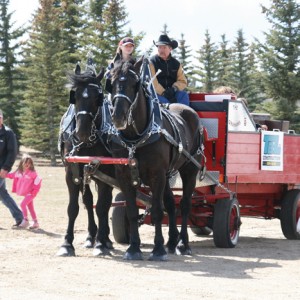
When picking clinic volunteers, organizers try to select riders and horses at different stages in their training in order to showcase how the trainer’s assistance can make a difference for all levels or even breeds.
“Each Mane Event, we’ll have about 50 to 60 clinic riders,” said Barker. “They apply and in some cases, supply video clips. We usually get way more applicants than we can fit in.
“The best thing for anyone interested is to read what the clinicians are looking for, and apply accordingly, through the website.”
While Tammy Botsford and Jake progressed with every clinic, she cites the Leasor clinic as a turning point in their show career.
“Doug made a huge difference. Our focus had been trail and pleasure. When I thought I might make a run for the world (championship), I knew I’d need some better tips and tricks. Taking that clinic made all the difference. Then I did some one-on-one training with him, and tried to work on the things he told us. We went to a lot of local functions to get seasoned.”
Dedication paid off for the duo, and they’ve now made several successful trips to the American Paint Horse Association World Championships in Fort Worth, Texas. Building on winning the Super Gelding Award at Paint World in 2013, Botsford and Jake topped the open competition in Pole Bending last November and finished in the top five for Barrel Racing, as well as winning third in the Open Stake Race. They also won runner-up honours in the non-professional category at the Extreme Cowboy Challenge while down in Texas.
“Jake’s a pretty cool horse. I call him my dream achiever,” said Botsford.
So what’s her advice for first-time attendees?
“Wear comfortable shoes, and maybe bring a seat cushion for the bleachers. There’s so much going on. Be prepared to spend some time and enjoy it. Bring a notebook. Oh yes, be ready to shop too!”

